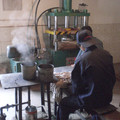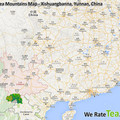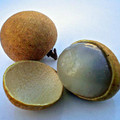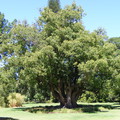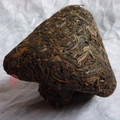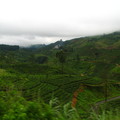Learning how to identify gu shu & make maocha - The Tea Urchin
„When examining maocha, the colour of gu shu leaves tend to be more highly contrasted with a bright white hairy bud/tip surrounded by a grey, open leaf wrapper, with dark black stem & leaves. By comparison, tai di cha is almost all black, due to the use of fertilizer, the leaves grow quickly and the buds have less white hairs.“

Quotes Tags: Pu-erh, Gushu, Tea production
- Discussion: 0 comments
- Write a comment
Teas - Pu-erh
ManSa 2013 - blind tasting set 7
 1 review
1 reviewflowery, in some parts honey, narcotic aroma, taste goes to honey, sweetish tones,...
2013 Chawangpu "Gao Shan Liu Shui" Xiao
 1 review
1 review高山流水 [gāo shān liú shuǐ] :lofty mountains and flowing water; -- referring to the harsh...
2013 Chawangpu "He He" Xiao Bing Raw 200g
 1 review
1 reviewHe he is the last cake from Chawangpu 2013 spring production we offer now....
Big Green Tree Yiwu 2004
 1 review
1 reviewBig Green Tree Yiwu (special grade) year 2004 is a very nice aged pu-erh still for a...
old school 7542 BingCha 2011
 0 reviews
0 reviewsI tasted several 7542 original Dayi cakes from recent years going back to 1997. Only...
2001 CNNP Private Order 7542 Raw Puerh
 0 reviews
0 reviewsThis is a good example of CNNP "7542" production. This custom-made "7542" cake was...
Quotes - Pu-erh
„Fragrance
Broad leaf variety old tree tea aromas can generally be divided into the following;
fruit-flower fragrance, honey-flower fragrance , honey-sweet fragrance, date-jujube fragrance, orchid flower fragrance , camphor fragrance, sticky rice fragrance , lotus flower fragrance , mellow-aged fragrance
Some teas are highly fragrant, others have refined and prolonged fragrance. Although there are many different kinds of fragrance, they should all be natural, smooth and easy to get a feeling for. These fragrances appear when the tea is drunk and are not evident when smelling the tea.“
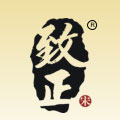
Quotes Tags: Pu-erh, Experiencing tea
Video - Pu-erh
Theme
Teas
2007 Jingmai Qiao Mu “0502”
 1 review
1 reviewUse Jingmai mountain arbor (Qiao Mu) tea which picked before Grain Rain (mid-April) as raw material, this...
2007 Zhen Si Long "Autumn Harvest Yi Wu" Raw
 1 review
1 reviewFall 2007 Harvest * Yi Wu Wild Tea trees * 357 grams Zhen Si Long Tea company of Yi Wu is...
2006 Haiwan Certified Organic Pasha Mountain
 1 review
1 reviewTall and straight forest - Meng Pasha Pasha in the Aini language means tall and straight forest. According...
Tea by region
We will help you with tea selection.
Do you like quality loose tea?
We will help you to find the right one for you. Be inspired by tea ratings of other tea lovers. Rating stars could help you.


Review your cup of tea.
Review the tea you are drinking and help other tea lovers to find the right cup of tea.






 Shops
Shops Share on Facebook
Share on Facebook







